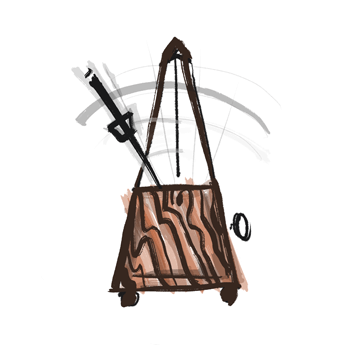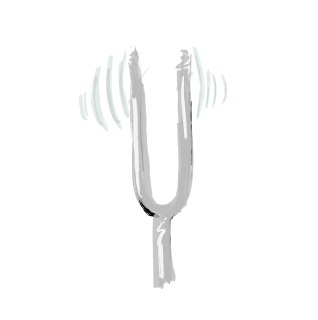OUT NOW | Thomastik-Infeld DYNAMO® for Violin (NO.DY100) String Set
The new set sounds great on old and new instruments, while offering a broad sound and an excellent response
Designed for professional musicians who want to optimize their performance, the new string set is also very well-suited for students. "The new Thomastik-Infeld DYNAMO® strings are, in my eyes, revolutionary!" violinist Fedor Rudin commented.
The set contains four strings in medium tension:
- E-string NO.DY01, made out of a carbon steel core with multilayer/tin-plated outer material.
- A-string NO.DY02, made out of a synthetic core with aluminum outer material.
- D-string NO.DY03A, made out of a synthetic core with silver outer material.
- G-string NO.DY04, made out of a synthetic core with silver outer material.
(An alternative D-string NO.DY03 made out of a synthetic core with aluminum outer material is available outside of the DYNAMO® for violin NO.DY100 string set.)
Ann-Kathrin Hitz, Marketing & Creative Director at Thomastik-Infeld answered a few of our questions to give you an idea of the string creation process:
How does the DYNAMO® set for violin differ from the other Thomastik-Infeld violin sets?
"Our DYNAMO® strings for violin combine qualities you can’t usually find in one set – such as excellent response AND a broad sound. What is also very special is that their sound blows away the musician AND the audience."
How long does it take to develop a new string set such as the DYNAMO® set for violin?
"How long it takes until strings are done can vary – in the case of our DYNAMO® strings, the whole process took about 4 years, with an intense phase in the past 2 years. Developing strings is like an adventure. At first, you have an idea of what kind of strings you want to make and what their sound should be. Then our developers take all their experience and start trying different things. Some work out, some don’t. And at some point in time we need support from musicians outside the company — they're the ones that create something beautiful with the strings once they are done."
Do you work in collaboration with a large number of artists when developing a new string or do you prefer to stick with a few during the whole process?
"We are very privileged to have a whole pool of musicians that help us test our strings. And their feedback is invaluable. As far as the DYNAMO® strings are concerned, we worked together with dozens of string testers. We generally do prefer more than fewer impressions in the developing process – because after all, the musicians’ feedback is the one that is most important. Our developers’ task is then to find a way to put the musicians’ feedback into practice. And I think with DYNAMO® strings, they have done an excellent job in completing this task."
You can find more information about the DYNAMO® for violin (NO.DY100) string set at dynamo-strings.com.

june 2025
july 2025





































